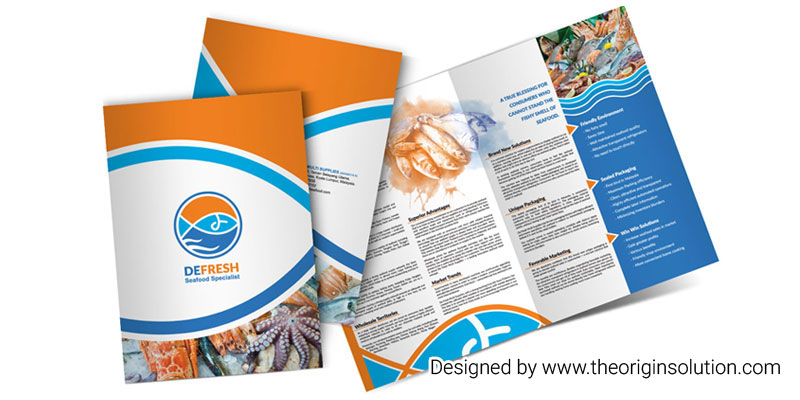
Emoji Domains and Emoji Marketing: Transforming Digital Interaction
In the era of visual communication, emojis have gone beyond texting and social media to influence domains and marketing strategies. Emoji domains and emoji marketing are now innovative tools that redefine how brands connect with their audience.
What Are Emoji Domains?
Emoji domains are web addresses that incorporate emojis as part of their structure. For example, 🚗.to could represent a car rental service. These domains are fun, modern, and memorable, making them perfect for businesses that want to stand out online.
The Appeal of Emoji Domains
- Eye-Catching: Emoji domains are visually distinct and draw attention instantly.
- Memorability: They are easier to recall than traditional URLs.
- Global Understanding: Emojis transcend language, making them universally recognizable.
Limitations of Emoji Domains
- Limited Accessibility: Not all devices and browsers support emoji domains.
- Restricted Extensions: They are typically available only with specific domain extensions like .to or .ws.
- Typing Challenges: Users may find it difficult to input emojis, especially on desktops.
What Is Emoji Marketing?
Emoji marketing leverages emojis in promotional content to enhance engagement, create emotional connections, and add personality to brand messaging.
Why Emoji Marketing Works
- Emotion-Driven: Emojis convey emotions quickly, making content relatable.
- Attention-Grabbing: They make messages stand out in crowded digital spaces.
- Universal Appeal: Emojis communicate across USA traffic language barriers effectively.
Best Practices for Emoji Marketing
- Social Media: Use emojis in captions, comments, and hashtags to increase visibility and engagement.
- Email Campaigns: Include emojis in subject lines to boost open rates.
- Ad Campaigns: Add emojis to your ad copy for a playful and engaging tone.
- Event Promotions: Highlight events and special days with relevant emojis.
Examples of Emoji Marketing in Action
- Pepsi’s Emoji Bottles: Used emojis on packaging to connect with younger audiences.
- WWF Emoji Campaign: Raised awareness for endangered species with animal emojis.
- Bud Light: Launched campaigns using emoji chains for a creative spin on advertising.
Challenges in Emoji Marketing
- Cultural Differences: The same emoji can have different meanings across cultures.
- Overuse Risk: Excessive emojis can make content appear cluttered or unprofessional.
- Misinterpretation: Audiences might misread the intended meaning of an emoji.
Tips for Successful Emoji Integration
- Be Relevant: Ensure the emojis align with your brand identity and messaging.
- Keep It Simple: Avoid overloading content with too many emojis.
- Test Campaigns: Monitor audience reactions and adjust accordingly.
Conclusion
Emoji domains and emoji marketing are powerful tools for enhancing brand identity and engagement. They allow businesses to connect with audiences in a fresh, creative way while standing out in an ever-competitive digital landscape. Embrace the power of emojis to add personality and memorability to your brand!
